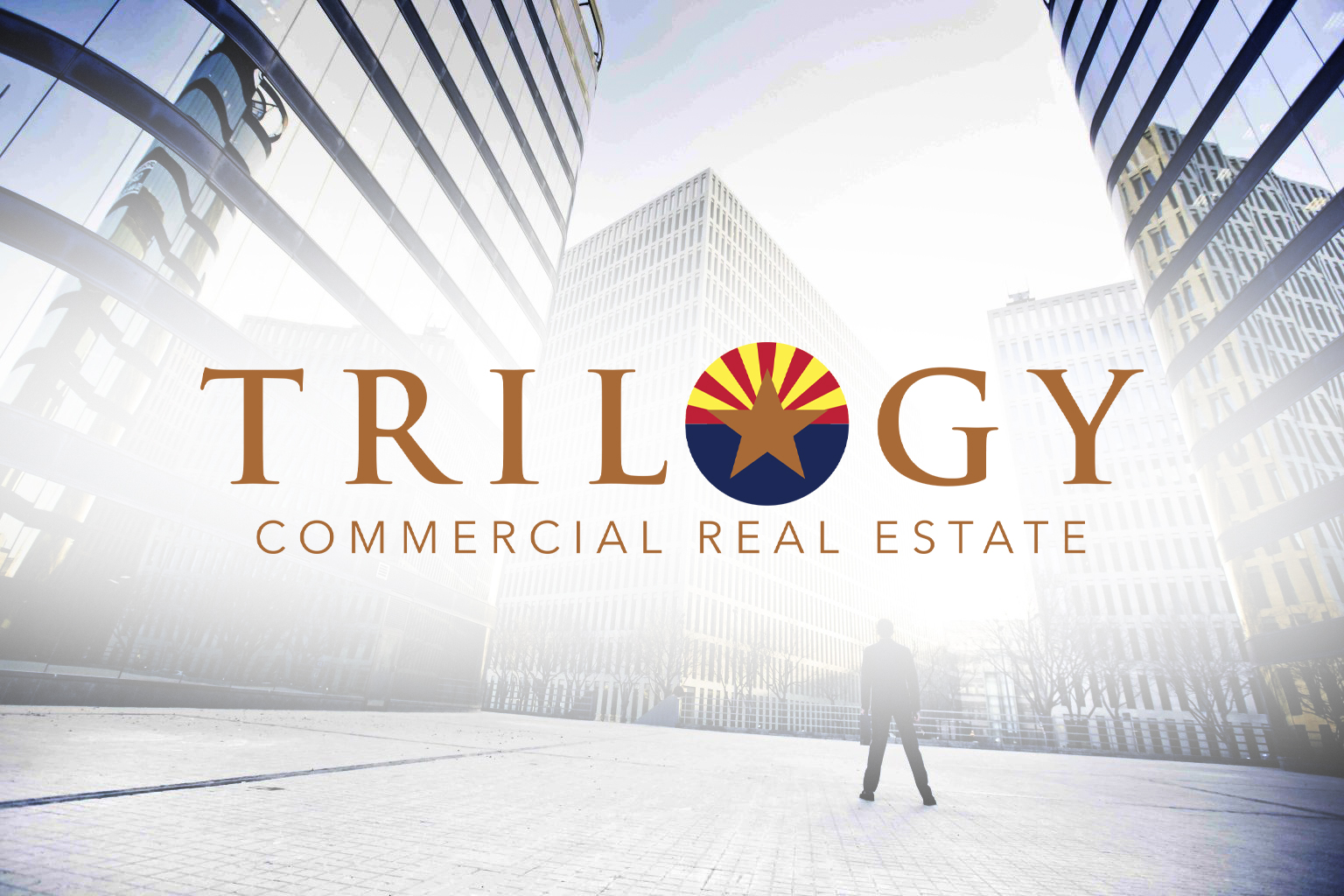Leasing office space is a significant milestone for any business. It’s not just about finding a location; it’s about securing a space that aligns with your company’s culture, meets your operational needs, and fits your budget. For property owners and landlords, finding the right tenants is crucial to maximizing the value of their investments. This is where brokers come into play, acting as intermediaries who bring expertise, market knowledge, and negotiation skills to the table.
Brokers bridge the gap between tenants and landlords, ensuring that both parties find mutually beneficial agreements. For tenants, brokers simplify the search process, offer valuable insights, and negotiate lease terms that protect their interests. For landlords and property owners, brokers market the property, identify potential tenants, and negotiate deals that optimize returns. Understanding the role of brokers and leveraging their expertise can make the leasing process smoother and more efficient for everyone involved.
To help tenants and landlords succeed in their leasing endeavors, we’ve put together a guide on how to navigate broker relationships effectively. We’ll cover who needs brokers, the types of brokers and their roles, how to get the most out of your broker relationship, and valuable resources to assist you in finding the right broker.
Who Needs Brokers When Leasing Office Space?
When leasing office space, navigating the complexities of the commercial real estate market can be daunting. Whether you’re a tenant looking for the perfect office or an owner seeking the right tenants, a broker can be an invaluable ally. But who exactly needs a broker, and what benefits do they bring?
Types of Brokers: Listing Brokers vs. Tenant Representatives
Understanding the different types of brokers is crucial. Here, we break down the two main types:
- Listing Brokers/Agents
- Who They Serve: Listing brokers, also known as landlord brokers, represent property owners. Their primary goal is to lease available office spaces on behalf of the owners.
- Key Responsibilities: These brokers market the property, negotiate lease terms, and aim to secure the best deal for the owner. They have an in-depth understanding of the property, its advantages, and the competitive landscape.
- Tenant Representatives (Tenant Rep)
- Who They Serve: Tenant reps work exclusively for tenants, helping them find office spaces that meet their specific needs.
- Key Responsibilities: Tenant reps assist with space searches, negotiate lease terms, and ensure that the tenant’s interests are protected. They bring market expertise, helping tenants make informed decisions.
How to Get the Most Out of Your Broker Relationship
Maximizing the benefits of your broker relationship involves a few key strategies:
- Clear Communication: Clearly articulate your needs, preferences, and budget constraints. Whether you’re an owner or tenant, the more information you provide, the better your broker can serve you.
- Leverage Expertise: Brokers bring valuable market insights and negotiation skills. Utilize their advice and leverage their knowledge to navigate the leasing process efficiently.
- Regular Updates: Stay in regular contact with your broker to receive timely updates on potential opportunities or market changes.
- Set Realistic Expectations: Understand the market dynamics and set realistic goals. A good broker will help you balance your needs with market realities.
Resources
Finding the right broker is the first step toward a successful leasing experience. Here are some resources to help you get started:
- Top Commercial Real Estate Brokerages: This comprehensive list from SharpLaunch details some of the top commercial real estate brokerages in the U.S., providing a great starting point for finding a broker that fits your needs. Check it out here.
- OfficeSpace.com: Tenants can search for free and connect with both tenant reps and listing brokers with no commitments. For brokers, listing on OfficeSpace.com is free, providing a great opportunity to grow exposure for their clients.
At OfficeSpace.com, we are committed to facilitating seamless connections between tenants and brokers, ensuring that both parties find the perfect match. Whether you’re looking to lease a new office or list your property, our platform offers the tools and resources you need to succeed in the commercial real estate market.










